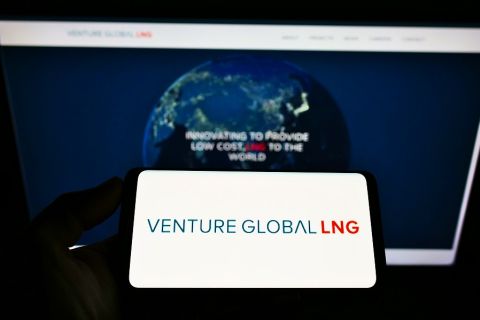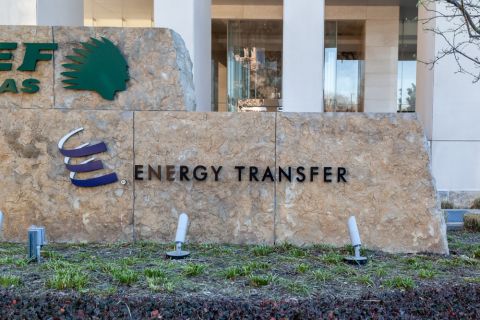Worldwide finding, development and acquisition (FD&A) costs hit US$10.95 per barrel of oil equivalent (BOE) in 2004, reports Steven Paget, an analyst with FirstEnergy Capital Corp., Calgary. "This shows that fundamentals underlie the rise in world oil prices," he says. Paget analyzed 10-year FD&A costs for more than 100 companies, using a database from research firm Evaluate Energy, London. The largest member of a narrower, 22-member study group-those with reserves of more than 1.9 billion BOE or "the global petroleum giants, themselves vastly different in size," he says-is ExxonMobil with 21.7 billion BOE; the smallest, Apache Corp. with 1.9 billion. ExxonMobil and ConocoPhillips led their worldwide-major peers for best FD&A costs; Shell and ChevronTexaco ranked worst. National majors-Lukoil, CNOOC and Petrobras-that focus on a specific part of the world, typically had the best costs of all, he adds. Middle Eastern national oil companies, such as Saudi Aramco, NIOC and KPC, were not included in the study. "What surprised us the most? Pemex. Alone among all the world's majors [in this study], its total net reserve adds are negative over the past five years, even before deducting production! The Mexican national company is clearly running on borrowed time and pre-2000 reserve adds." He warns too that recycle ratios-FD&A costs per BOE, divided by cash flow per BOE-have been trending downward during the past six years. "Although the ratio rose in 2004 to 1.44 times, it is still the second-worst ratio since 1999. Clearly the industry is not seeing benefits from the rise in world prices, despite record cash flows per BOE. How can industry be persuaded to add the reserves needed to supply world demand?" Paget pegs the breakeven point in upstream profitability at a recycle ratio of 1.25 times before future capital or approximately 1.0 times with it included. Regionally, FD&A has been the highest in Canada and the U.S.; the cheapest regions are Asia/Pacific, Latin America and Europe. Tiebacks and the Buzzard discovery have made the North Sea inexpensive, he adds. Based on unrelentingly rising FD&A costs, he forecasts oil prices will average more than US$50 per barrel through the end of the decade. Paget also examined costs among various sizes of E&P companies. "In 2004, we saw a secular shift in the oil price after four years of roughly stabilized prices. Did this affect FD&A costs or did higher cash flows run into recycle ratios? The answer depends on the peer group." Among North American large-caps that use SEC guidelines in reporting, these companies generally held FD&A costs flat in 2004 from 2003. "Capital discipline held firm, and more importantly the group as a whole had no negative technical revisions for the first time since 2000," Paget reports. "It appears that the SEC's closer attention to reserve revisions after the Royal Dutch/Shell disaster has paid off." Among Canadian midcaps, "this group tends to be a revolving door, as companies become large enough to be included and then exit via a merger with another company or a trust conversion." Having the lowest FD&A in this group in 2004 were internationally focused Centurion Exploration and heavy-oil producer BlackRock Ventures. These two companies also had the best FD&A costs of all the more than 100 companies in the study. The midcap group's FD&A-cost average was US$12.77 per BOE in 2004, up US$3.76, he says. "With future capital included, FD&A cost was larger, up US$7.50 largely due to Niko (Resources') addition of future capital for further development without adding reserves." Among Canadian small-caps, FD&A costs grew 25% to US$12.69 per BOE in 2004, from US$10.15 in 2003. "With cash flows at US$19.97 per BOE, recycle ratios came to 1.57 times. Future capital costs added US$1.40, bringing recycle ratios down to 1.42 times," he reports. -A&D Watch
Recommended Reading
US NatGas Flows to Freeport LNG in Texas Seen at Five-month High, LSEG Data Shows
2024-05-17 - The startup and shutdown of Freeport and other U.S. LNG export plants often has a major impact on global gas prices.
Venture Global Acquires Nine LNG-powered Vessels
2024-03-18 - Venture Global plans to deliver the vessels, which are currently under construction in South Korea, starting later this year.
Energy Transfer Asks FERC to Weigh in on Williams Gas Project
2024-04-08 - Energy Transfer's filing continues the dispute over Williams’ development of the Louisiana Energy Gateway.
US Appeals Court Upholds FERC Approvals for Gas Pipeline Expansion
2024-05-02 - A unanimous three-judge panel of the U.S. Circuit Court of Appeals for the D.C. Circuit held that the Federal Energy Regulatory Commission was right to determine the Evangeline Pass Expansion project is functionally separate from four related gas infrastructure developments.
Wayangankar: Golden Era for US Natural Gas Storage – Version 2.0
2024-04-19 - While the current resurgence in gas storage is reminiscent of the 2000s —an era that saw ~400 Bcf of storage capacity additions — the market drivers providing the tailwinds today are drastically different from that cycle.



